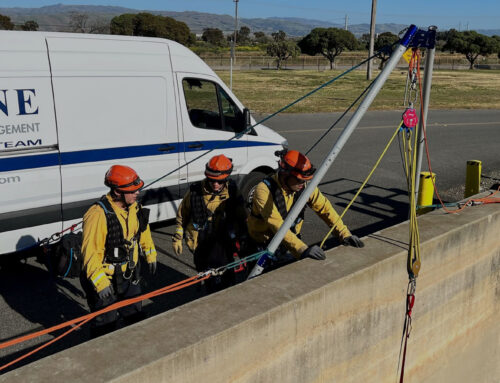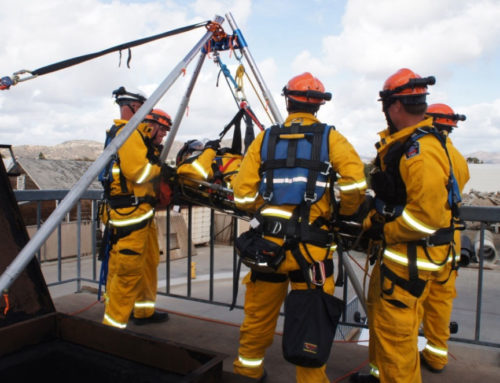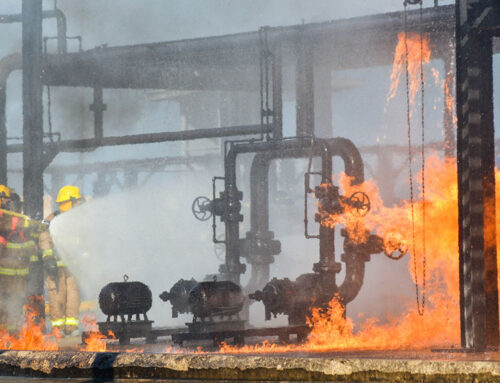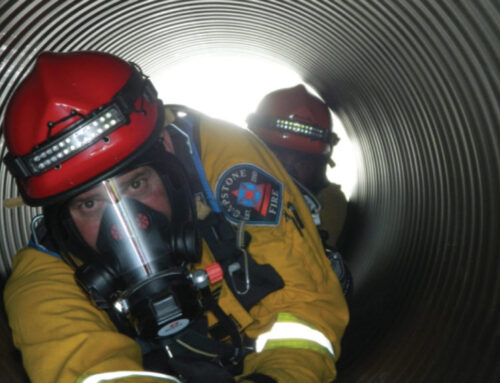Even the most successful companies are not immune to safety violations if they are not careful and strict from the start. Many companies, even ones that appear to be doing everything the right way, can fall victim to major fines if they’re not paying attention and complying to the Occupational Safety and Health Administration (OSHA) regulations and offering OSHA site safety services every day—not just when they think someone might be watching.
The problem with many situations in which a company might be ignoring risks or not complying with OSHA regulations is that things might go unnoticed or unchecked until it’s too late. In most cases, OSHA violations or safety hazards could have been easily avoided had teams been communicating with one another effectively, making sure that safety regulations were being complied with from the start.
But what does this type of communication look like? It could be anything, from over communicating when someone is operating heavy machinery near a group of workers, to making sure that every substance in a department or work site is correctly labeled and organized in order to avoid any potential hazards later on. If you’re a company that works with hazardous chemicals it might look like stringent organization of said chemicals in a way that mitigates any confusion or risk. It could also look like offering specific tools like eye washes, sinks, or showers within immediate reach of anyone that might be working around the chemicals to avoid disasters should someone be exposed to a potentially harmful substance.
On work sites and construction zones, good communication is often the essence of complying to OSHA regulations, as it can mean the difference between life and death around heavy objects and machinery. It could mean highly specific labeling of certain risks involved in being on a work site, and a requirement that all visitors and workers wear a hard hat upon entering the site. Even doing something as simple as adding extra signage to signal the presence of an electrical line can help save someone in case they are not paying attention and walk by, either avoiding the line or accidentally coming into contact with it.
Above all, good communication starts with knowing whether or not every member of your company is aware of the risks and understands the regulations they are subject to. Employee education on all OSHA regulations is a form of good communication, and is a way to mitigate risk from the start, before your new employee ever starts their job in the first place. By training your employees properly, you’re setting a standard that effective communication is the key to safety and success in any work site.
Finally, take time to evaluate all risks involved in a work site and label them clearly, assuring that anyone—whether it be a site visitor or a regular employee—is well aware of any potential hazards that they may face in their time on your site. Even if something seems like an obvious hazard, never assume that a worker or visitor will be able to tell what the risks are and take appropriate action in order to mitigate for their own safety.
Over communicating, even in situations that don’t seem to be too dangerous, is often better than not communicating enough. No company is too big or too small to be able to avoid potential risks, and operating according to OSHA regulations is in your best interest as it can help save money—and lives—later on.






